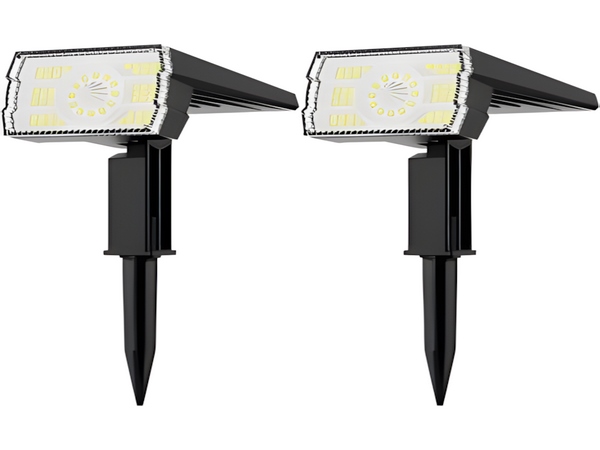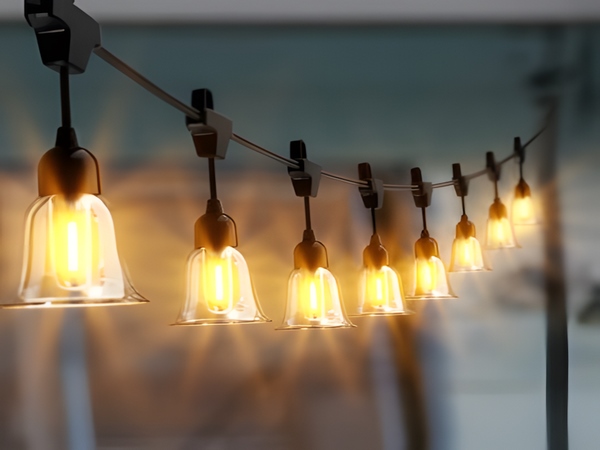
Today, the real estate industry is developing rapidly. To attract buyers and enhance the image of residential communities, real estate companies often put effort into the exterior lighting of these communities.
LED floodlights
and
LED wall washers
have become popular choices for residential complexes. However, how should the lighting design for the exterior of residential buildings be done to stand out and be distinctive? Today,
a streetlight manufacturer
will explain this to you:
1. The amount of light depends on the surrounding environment and viewpoints:
Before the lighting project, architectural lighting designers must visit the surrounding area of the building to understand the situation. For example, what does the building look like during the day? Generally, not all buildings and facades in a residential complex need to be illuminated. By analyzing viewpoints, one can determine the lighting needed for the project, which is beneficial for controlling the cost of the lighting project. Additionally, the nighttime lighting environment around the building is also very important, as the intensity of light determines the power of LED floodlights. Therefore, reasonable analysis results can influence the economic factors such as the cost of the lighting project and electricity bills.
2. The form of lighting engineering in residential complexes depends on the architectural style:
The differences in residential complexes are mainly reflected in their architectural styles. The lighting design for residential complexes with different styles varies greatly, and the presentation of lighting projects is also distinctly different. Therefore, architectural lighting design should emphasize the theme of the lighting project, integrating the lighting harmoniously into the lighting design of the residential building, aligning with the characteristics of the architectural style.
3. The installation of lighting fixtures in residential complexes should focus on concealment and safety:
In the architectural lighting design of residential complexes, efforts should be made to hide LED floodlights. For surface-mounted fixtures, the colors of the LED floodlights should coordinate with the architectural environment, minimizing any disruption to the daytime landscape of the residential complex, aiming for “light visible, lamp hidden,” achieving unity between the lighting equipment and the existing architecture. Regarding the positioning of
LED floodlight installations
, the lighting engineering company must take into account potential safety hazards, as well as maintenance considerations, especially for fixtures installed on exterior walls, which need careful attention to minimize usage and avoid high-altitude operations.
4. Lighting engineering in residential complexes should prevent glare that impacts residents:
Controlling glare within lighting projects is crucial. Poor glare control can affect residents’ vision and cause discomfort. This is often a headache for developers and a frequent source of complaints from homeowners. Therefore, when selecting LED floodlights and setting their angles, lighting engineering companies should consider residents’ visual positions and be cautious with extensive colored lighting.

In summary, lighting engineering in residential complexes is a project that combines functionality and decoration. A well-designed architectural lighting project can not only provide visual enjoyment but also create economic and social benefits, especially for certain residential projects, where the quality of the lighting engineering directly influences marketing performance and project quality.

LED floodlights
have pure colors and a variety of options, making them a hot choice for public spaces such as residential communities, hotels, and shopping malls.



